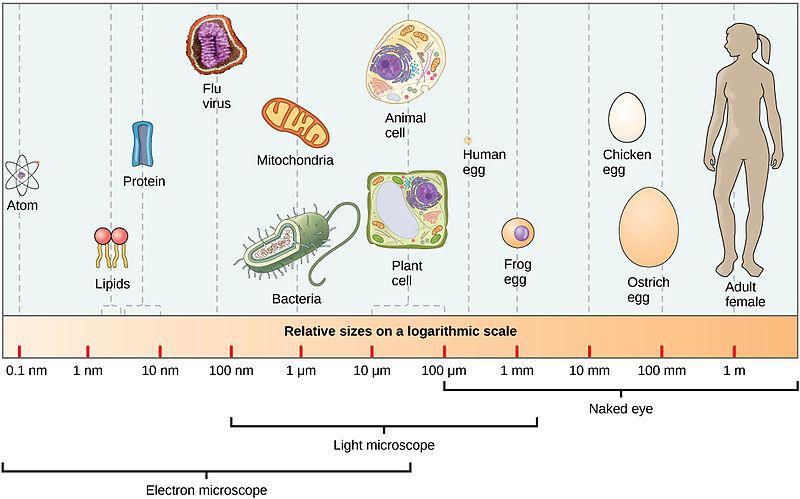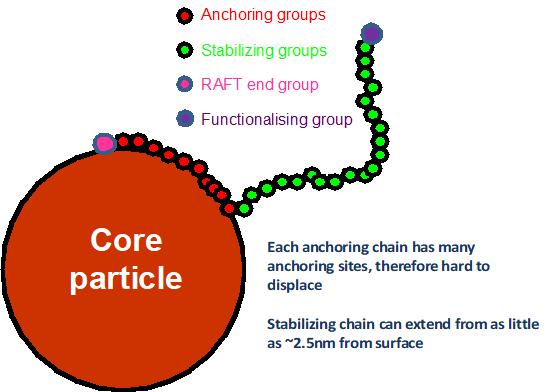
Slide title
Write your caption hereButton
Our Nanotechnology

Slide title
Write your caption hereButton

Slide title
Write your caption hereButton

Slide title
Write your caption hereButton

Slide title
Write your caption hereButton
At Zeta Therapeutics we utilize RAFT (Reversible Addition-Fragmentation chain Transfer) to produce fantastically robust and effective polymer coatings, firmly anchored onto our nanoparticle cores so they remain stably dispersed even when diluted in relatively hostile biological environments. This is important because it means the special characteristics that we have designed into our nanoparticles remain unchanged throughout their journey from manufacture to being internalised into a patient’s cancer and finally being eliminated once their job is done.
We consider this a platform technology that we can adapt to design functionalized coatings to achieve whatever purpose we require. In the case of ZTX018 we have formulated a coating for our iron oxide core particles that will ensure they effectively concentrate in a patient’s metastatic ovarian cancer nodules where they will amplify the effectiveness of chemotherapy drugs such as cisplatin and paclitaxel.

Slide title
Write your caption hereButton


